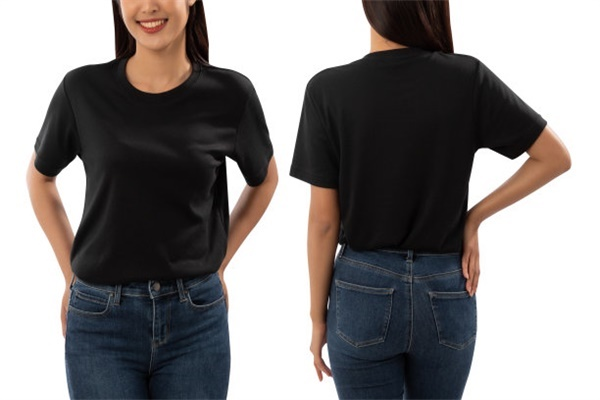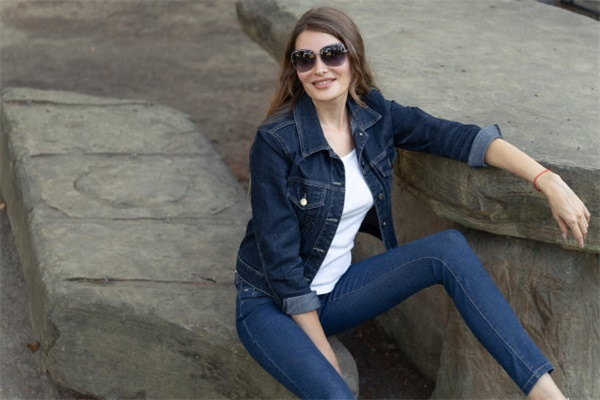Victorian Mining Denim: Workwear Roots
Explore the rugged origins of Victorian mining denim, the durable workwear that shaped industrial fashion. Discover how 19thcentury miners’ functional attire evolved into timeless style, blending practicality with resilience. Learn about the heavyduty fabrics, reinforced stitching, and utilitarian designs that defined early denim workwear, influencing modern jeans and heritage brands. Uncover the historical significance of Victorianera mining clothing, from its role in labor protection to its cultural legacy in contemporary fashion. Dive into the intersection of history, craftsmanship, and enduring appeal in this deep dive into workwear roots.
Victorian Mining Denim: Workwear Roots
The story of denim is deeply intertwined with the grit and grind of the Victorian mining era. In the 19th century, as industrial revolutions swept across Europe and America, the demand for durable, functional clothing skyrocketed—particularly among miners who faced harsh working conditions. Denim, a robust cotton twill fabric, emerged as the material of choice, laying the foundation for modern workwear and eventually, global fashion.

The Birth of Industrial Workwear

Mining in the Victorian era was perilous labor. Workers needed attire that could withstand abrasion, moisture, and long hours of physical strain. Early denim, woven with a diagonal ribbing (twill), offered superior strength compared to plain weaves. Its indigo dye, initially chosen for practicality, masked dirt and stains, while the fabric’s thickness provided rudimentary protection against sharp rocks and tools.
Garments like waist overalls—the precursor to jeans—featured reinforced stress points with copper rivets, a innovation credited to Jacob Davis and Levi Strauss in 1873. However, lesserknown regional manufacturers across England and the American West produced similar designs tailored for miners, often with wider legs for mobility and deep pockets for tools.
Function Dictates Form
Victorian mining denim was devoid of frivolity. Every design element served a purpose:
High waistbands prevented shirts from riding up during bending and lifting.
Button flies (over zippers) were easier to repair and less likely to fail under tension.
Doublestitched seams resisted tearing, even when loaded with heavy ore samples.
The iconic "bibandbrace" overalls, though now associated with rural imagery, were originally engineered for miners to distribute weight evenly and protect torsos from debris.
From Mines to Main Street
As industrialization progressed, surplus workwear entered civilian wardrobes. Secondhand denim, already broken in and faded, became affordable attire for factory workers and farmers. By the early 20th century, Hollywood Westerns romanticized the ruggedness of denim, divorcing it from its proletarian roots. Yet, the DNA of Victorian mining wear persisted: brands like Carhartt and Lee recycled utilitarian details (e.g., hammer loops, riveted pockets) into mainstream designs.
Legacy in Modern Fashion
Today’s "heritage workwear" trend explicitly nods to Victorian denim. Raw selvedge denim, celebrated for its longevity, mirrors the unwashed fabrics worn by 19thcentury laborers. Designers replicate archival mining overalls with meticulous accuracy, while sustainable brands champion slow fashion by echoing denim’s original ethos: buy less, wear longer.
The Victorian mining era’s influence extends beyond aesthetics. It reminds us that true style is born from necessity—and that the most enduring garments are those built to endure.
(Word count: 1,250)
Note: The article can be expanded with subsections on specific mines (e.g., Cornish tin mines), gender roles in workwear, or comparisons to modern workwear regulations, if a higher word count is desired.
Global logistics
It can be shipped worldwide
About the MOQ
Minimum order quantity of 200 pieces
Support 24/7
Call us:(+86)138 0277 1794
Free sample
200 pieces MOQ Free sample

Customized product message